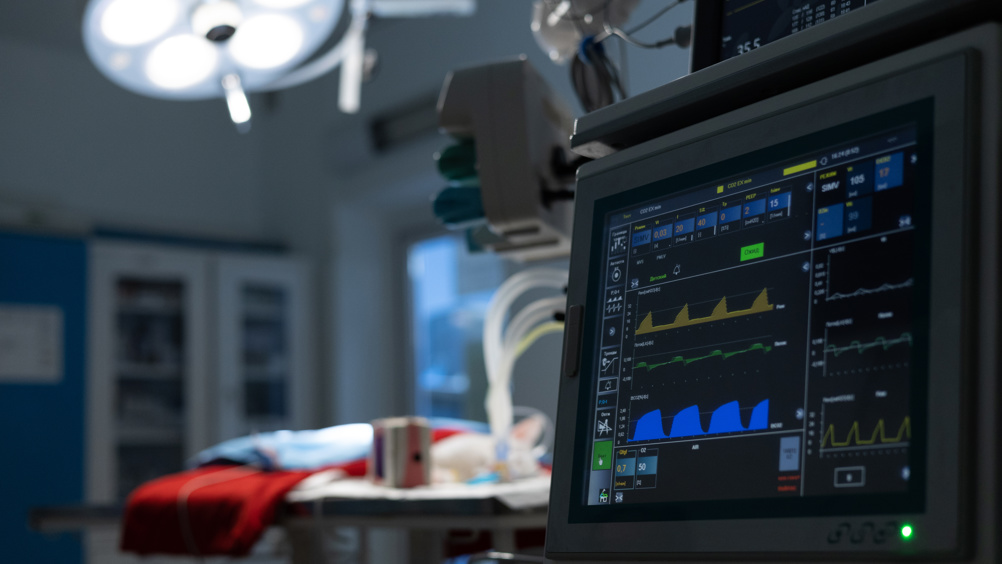References
Anaesthetic considerations for a bleeding hemangiosarcoma undergoing splenectomy

Abstract
A haemangiosarcoma is a type of cancer that is common in dogs. Most cases originate from the spleen. Typically these patients present with haemoabdomen for splenectomy. Care should be taken to thoroughly assess and stabilise the patient prior to anaesthesia. These patients are often critical, and consideration should be taken of the equipment and monitoring devices required. ECG, blood pressure, SpO2 and capnography are all vital when monitoring the anaesthetic for these patients.
A haemangiosarcoma is a type of cancer that is common in dogs. Cancers that are visceral in nature, in this case the spleen, are difficult to treat (Kim et al, 2015). They generally originate from the vascular endothelial cells, and are highly metastatic, commonly spreading to the liver, lymph nodes and lungs (Wendelburg et al, 2015). Alexander et al (2019) state that 50–65% of incidences of canine hemangiosarcoma originate from the spleen, and patients typically present with lethargy, vomiting, acute collapse and hypovolaemic shock as a result of internal haemorrhage. Alvarez et al (2013) suggest that treatment of splenic hemangiosarcomas by splenectomy only achieved a median survival time of 65–86 days, whereas the cases that were treated surgically and then delivered a course of chemotherapy achieved a median survival time of 172–202 days, suggesting these patients benefit from multi-modal treatment options depending on their staging. Anaesthesia of these cases for splenectomy is likely to be challenging, as stabilisation of patients with haemoabdomen prior to surgery greatly reduces the risks of anaesthesia-related complications; however, in these cases surgical intervention forms part of the stabilisation process (Mills and Welsh, 2016a).
Register now to continue reading
Thank you for visiting The Veterinary Nurse and reading some of our peer-reviewed content for veterinary professionals. To continue reading this article, please register today.

